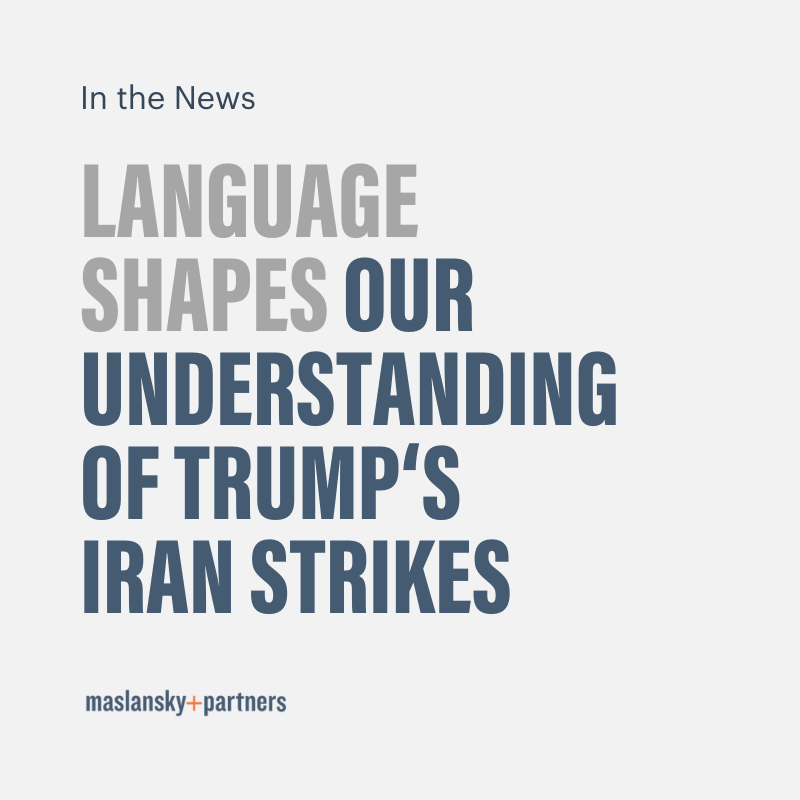Communicating about AI: What’s the benefit?
Build trust in AI by connecting with what people really care about – what’s in it for them?
When it comes to talking about any new technology, it’s tempting to focus on the “new, shiny thing.” The technology itself. We saw it with the launch of Windows. The introduction of the cloud. All the hype around blockchain. And what’s new can be exciting, especially when it’s surrounded by so much hype.
But what really matters to people isn’t what the technology is. It’s why they should care about it. What the benefit is to them. Case in point: Few of us care about the processing power of Apple’s newest A17 chip. Most of us care about how much faster it’s going to make the iPhone 15 (something Apple knows as well).
In the case of AI, there’s a whole other issue to contend with – fear. We consistently see in our work at m+p that anything vague is interpreted negatively. And few things are vaguer than learning that something’s “powered by AI.”
Imagine your credit card information is stolen. Your bank tells you to contact their new “AI-powered customer support” for help. How supported do you feel? How confident are you that you’re going to get a resolution? That your data is going to be safe?
Instead, what if your bank told you that their “customer support agents can now more quickly identify and reverse fraudulent activity using AI?” You’d probably feel a lot more assured, knowing how the bank is using AI to help with your specific situation. Knowing the benefit to you of how they’re using AI – a faster resolution to your problem.
With so much fear around AI and how it will be used, it’s easy for people to assume the worst. If you’re a company building AI into your products or services, it’s crucial to focus on what the benefit is to your customers to overcome fear and build trust.
So, how do you do it?
As we think about how to communicate the benefits of AI, we see three key categories to tap into: AI as an equalizer, an enabler, and an answer.
AI as an equalizer
Technology can be a great democratizer. Imagine a world in which every child grows up with a tutor to help them with their math homework. Everyone has access to a financial advisor, regardless of how much money they earn. Everyone has access to a health coach, no matter their insurance. AI can make those things happen. If you’re opening doors through AI, focus on how you’re making life better for those you’re inviting in.
AI as an improver
As Open AI’s CEO Sam Altman talks about, AI doesn’t necessarily have to replace something – it can make it easier for people to do their jobs, providing an extension of your team that frees others to do higher-value work. In the banking example above, AI is used to help make the customer service representative more effective, so they can focus on working with you to resolve your problem faster. If you’re improving how something is done through AI, focus on making processes effortless, rather than replacing the process itself.
AI as an answer
Are you using AI to help find new medicines that can cure cancer? Or new solutions that can help us address climate change? Finding answers to the big questions we haven’t been able to solve on our own is a powerful benefit of any new technology. But focus on the challenge you’re solving – not how you’re using technology to solve it.
As a company, it can be tempting to focus on all the great ways you may be using AI today. But if you’re not connecting all those things to specific benefits, few people are going to care. And worse, you risk setting off alarm bells and actually turning your audience off. Connecting to a specific benefit people care about is the key to avoiding this. The only question is, which benefit are you delivering?








